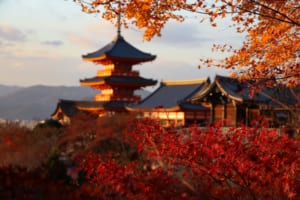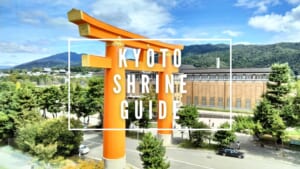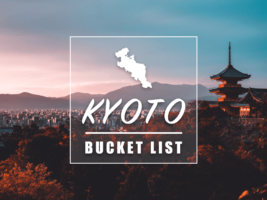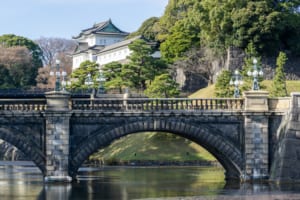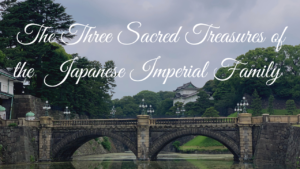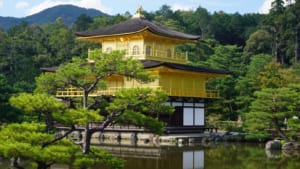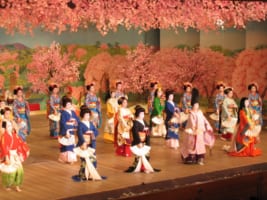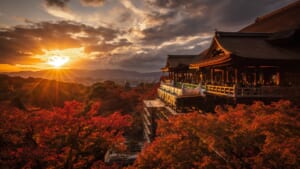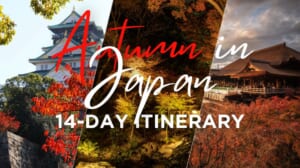Shugakuin Imperial Villa, Kyoto’s Hidden Aristocratic Retreat
Guide to Shugakuin Imperial Villa in Kyoto
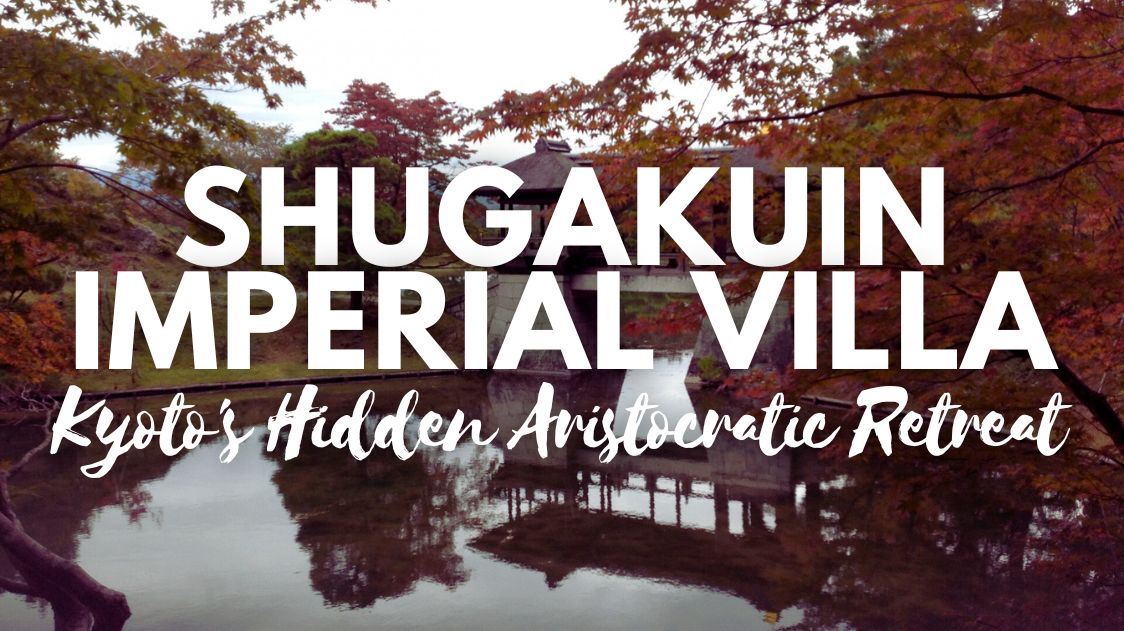
In the quiet outskirts of Kyoto lies a historical marvel often overshadowed by its more famous neighbors. Shugakuin Imperial Villa is an insightful view into Japan’s imperial past and exquisite landscape gardening, a place celebrated for its extensive gardens, meticulously designed to harmonize with the surrounding natural beauty.
This hidden gem, commissioned by Emperor Go-Mizunoo in the 17th century, showcases the refined aesthetics of Japan’s aristocracy. Its crystalline ponds, rustic teahouses, and picturesque pathways invite history enthusiasts and nature lovers alike to explore and appreciate the art of traditional Japanese garden design.
See also: Kyoto Imperial Palace: The Heart of Kyoto’s Ancient Traditions
What is Shugakuin Imperial Villa?

The estate comprises three distinct villas: the Lower Villa (Shimo Rikyu), Middle Villa (Naka Rikyu), and Upper Villa (Kami Rikyu), each connected by charming pathways and scenic views. Shugakuin Villa is a prime example of Japanese aristocratic culture and garden design, reflecting the aesthetic values of its era.
The villa’s grounds are adorned with picturesque ponds, meticulously maintained greenery, and rustic teahouses, providing visitors with a peaceful retreat from the hustle and bustle of modern life. Managed by the Imperial Household Agency, Shugakuin Villa remains an exclusive and historically significant site, showcasing Japan’s imperial heritage.
What to See and Do at Shugakuin Imperial Villa?
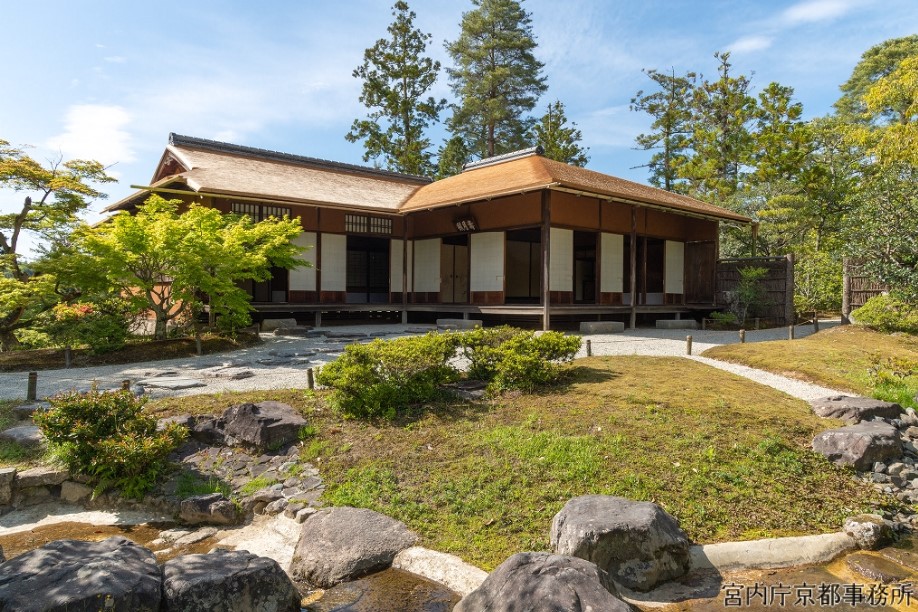
- Lower Villa (Shimo Rikyu): Explore the beautifully arranged gardens near the entrance of the complex. The Jugetsukan building is what’s left of the several pavilions that were part of this former residence for the Emperor Emeritus. This villa features a large pond surrounded by lush greenery and meticulously maintained pathways.
- Middle Villa (Naka Rikyu): Discover the elegant Rakushiken pavilion and the scenic vistas of the surrounding garden. The Middle Villa is known for its picturesque views and tranquil environment.

- Upper Villa (Kami Rikyu): Experience breathtaking views of Kyoto from the Rinnutei Teahouse streategically located at this elevated villa. The Upper Villa includes the large Yokuryu Pond and a network of pathways that offer stunning perspectives of the surrounding landscape.
- Gardens: Stroll through the carefully designed gardens, which blend natural beauty with artistic landscaping through the gardening method of the shakkei or borrowed landscapes, which takes into account the external landscapes into the garden design. These can be enjoyed throughout the year with the seasonal changes.
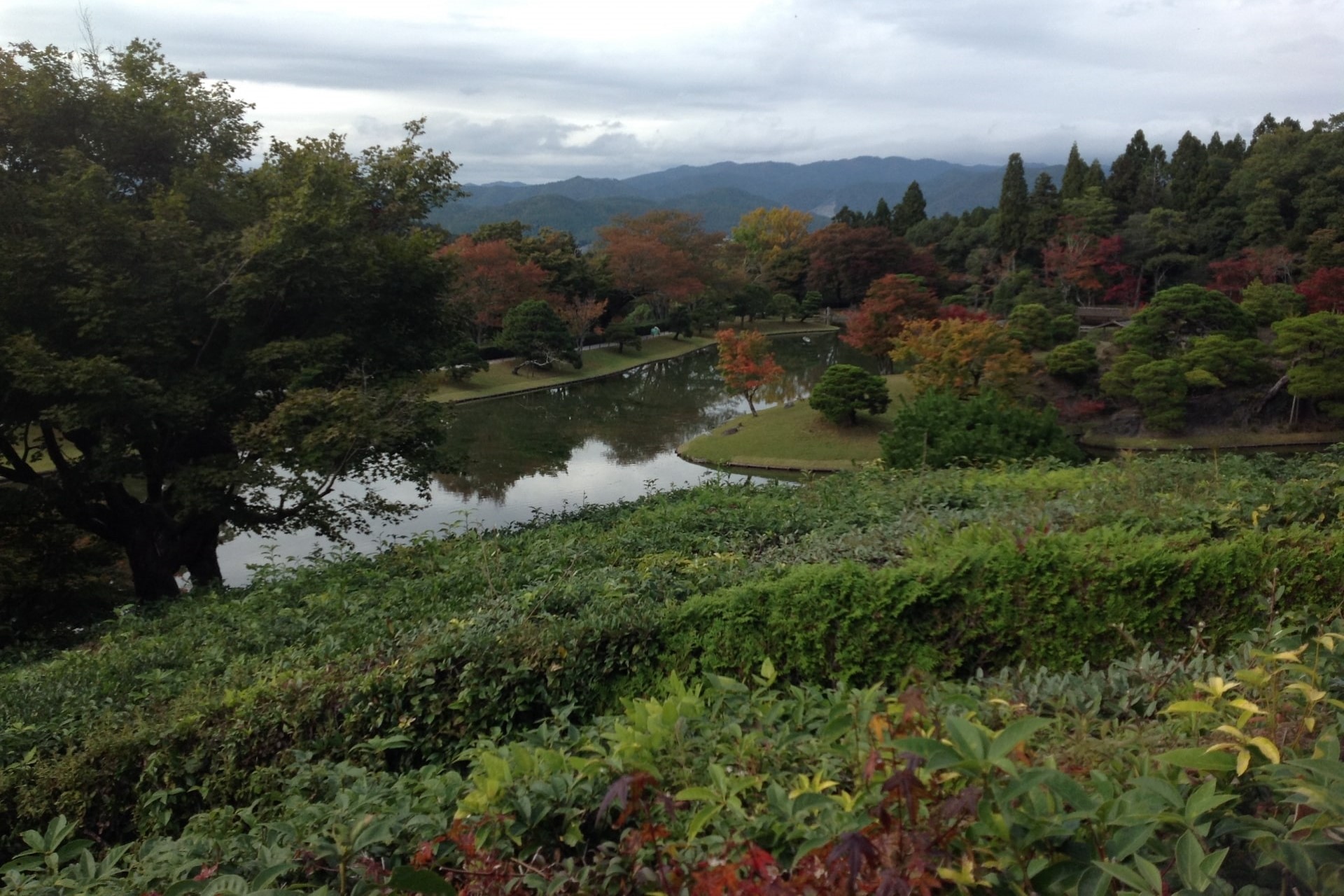
- Scenic Pathways: Walk along the scenic pathways that connect the three villas. These paths offer various viewpoints and a chance to enjoy the peaceful surroundings.
- Historical Architecture: Admire the traditional Japanese architecture that reflects the cultural and historical significance of the imperial era.
How to Get to Shugakuin Imperial Villa
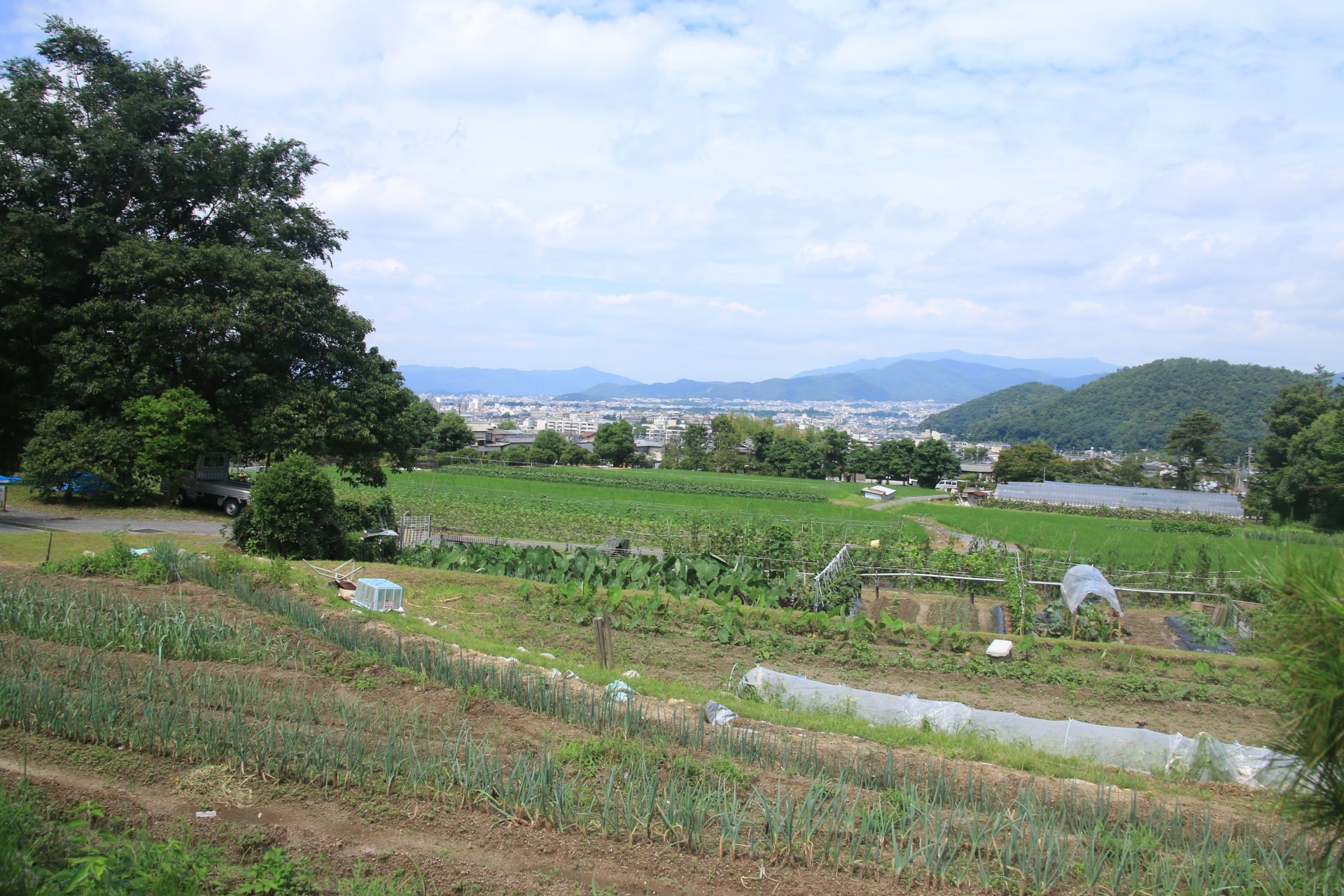
The closest railway stations are Shugakuin and Takaragaike, both on the Eizan Main Line and about 17-minutes on foot from the villa. The bus stop Shugakuin Rikyu-michi is slightly closer at 11-minutes on foot, Kyoto City Bus numbers 5, 31 and 65 stop there.
Tourist Attractions Near Shugakuin Imperial Villa
After visiting Shugakuin Imperial Villa, there are several other attractions nearby that are worth exploring:
1. Rurikoin Temple

More info: Rurikoin Temple Kyoto: Picturesque Temple with Maple Leaves
2. Enkouji Temple

More info: Enkoji Temple: The Best Hidden Temple in Kyoto
3. Manshuin Monzeki Temple
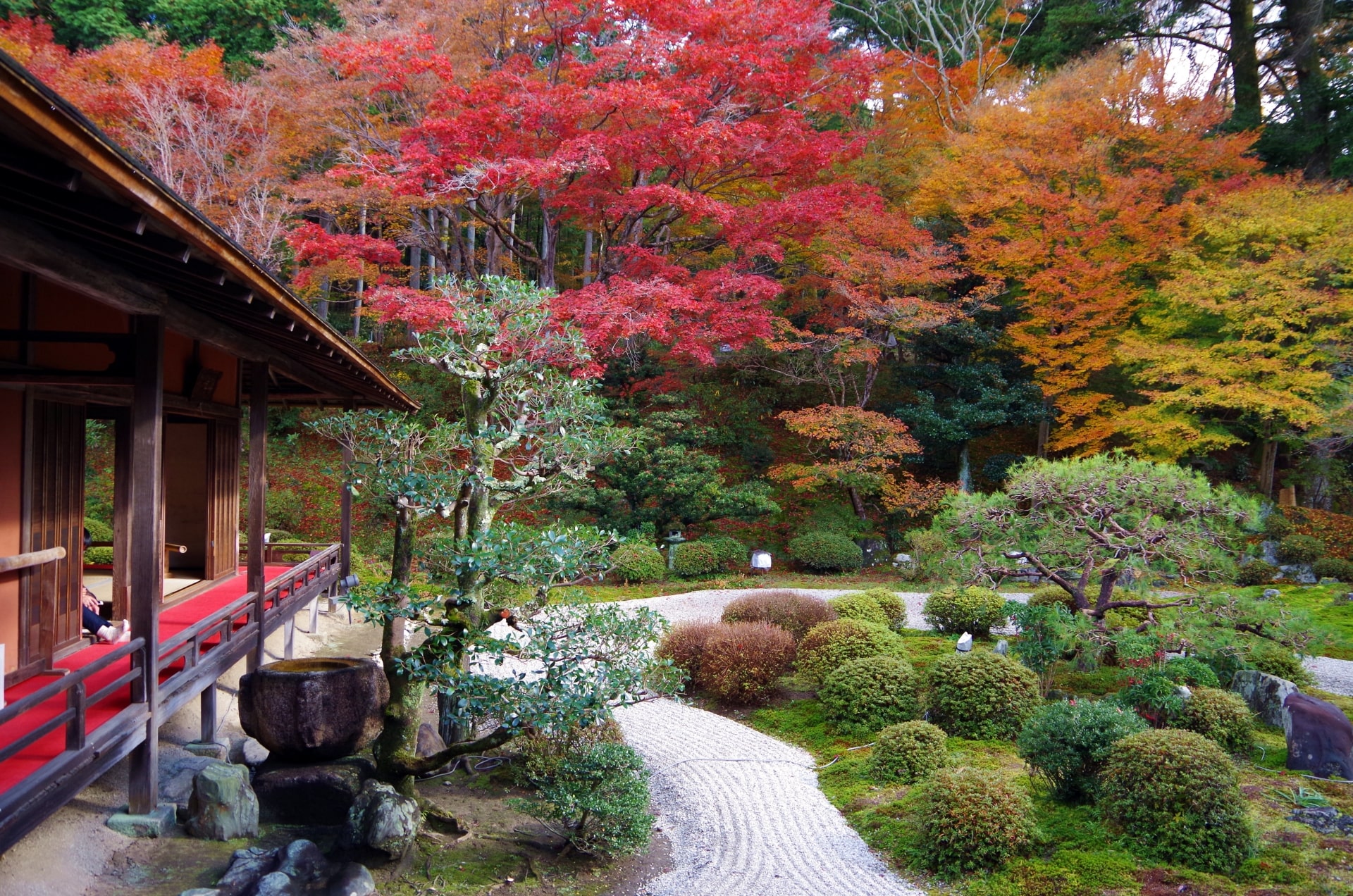
See also: 8 Best Zen Gardens in Kyoto
4. Ginkakuji (Silver Pavilion)
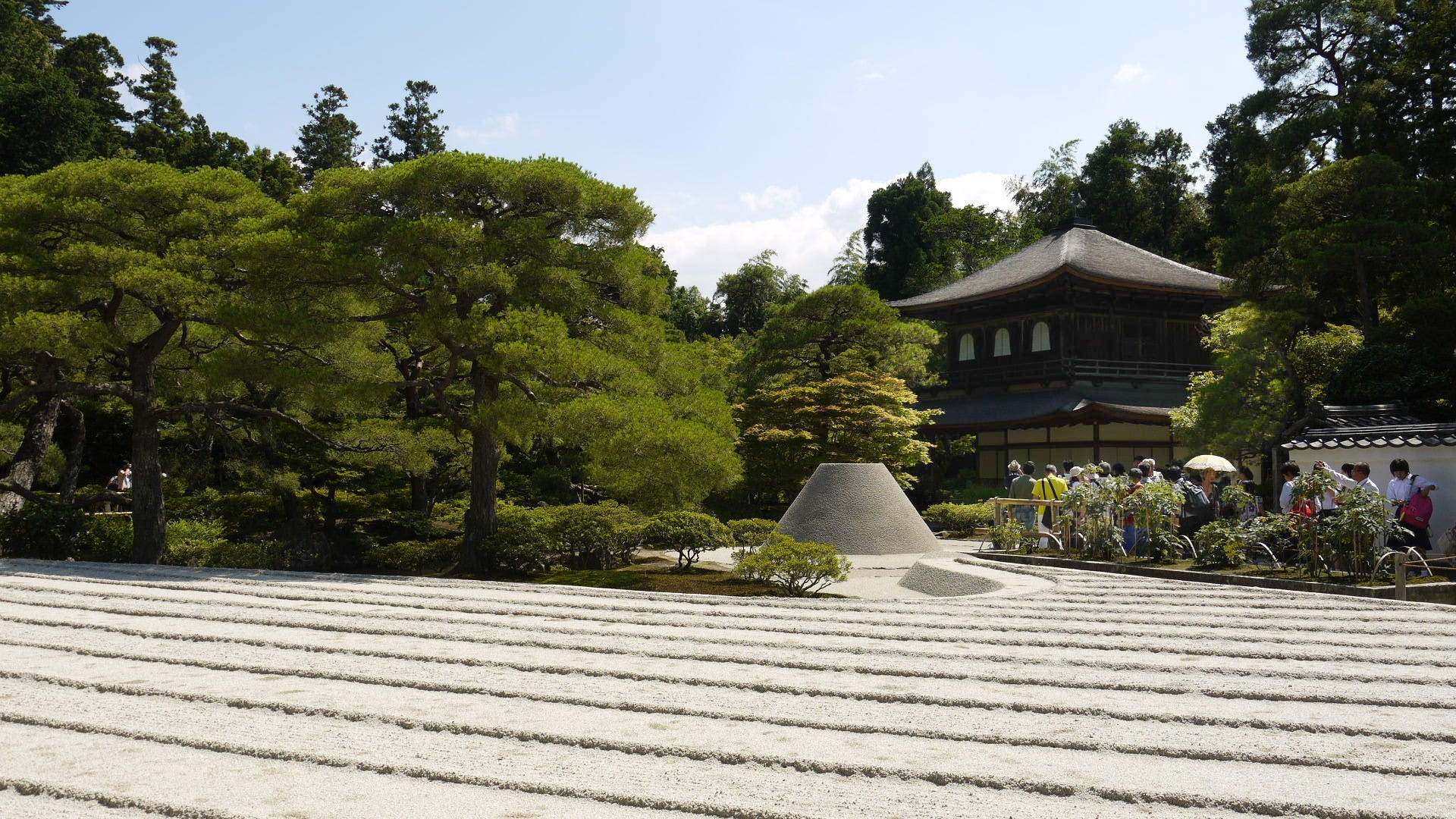
Ginkakuji (銀閣寺), also known as the Silver Pavilion, is a UNESCO World Heritage site originally built as a retirement villa for Ashikaga Yoshimasa and later converted into a Zen temple. The Silver Pavilion is renowned for its minimalist design and beautiful gardens, including the famous sand garden known as the Sea of Silver Sand. Enjoy it by taking a leisurely stroll through the temple grounds, taking in the sights of the masterful balance between architecture and natural beauty.
More info: Ginkakuji Temple: Silver Pavilion in Kyoto
▽Subscribe to our free news magazine!▽
For more information about landmarks and traveling in Japan, check these articles below, too!
▽Related Articles▽
▼Editor’s Picks▼
Written by
Photographer, journalist, and avid urban cyclist, making sense of Japan since 2017. I was born in Caracas and lived for 14 years in Barcelona before moving to Tokyo. Currently working towards my goal of visiting every prefecture in Japan, I hope to share with readers the everlasting joy of discovery and the neverending urge to keep exploring.






